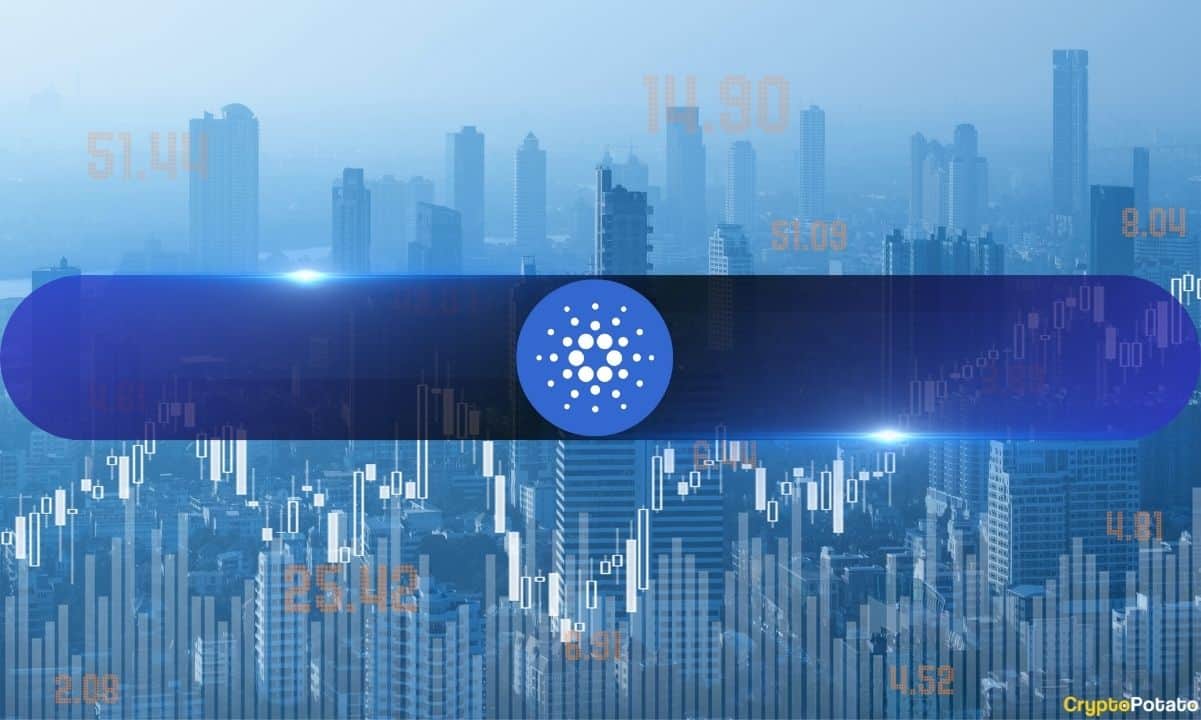Cardano’s Chang Hard Fork Set to Deploy on September 1: Here’s What You Need to Know
The Chang hard fork aims to implement an on-chain distributed governance framework, enhancing community participation in the network's development.

One of the biggest upgrades on the Cardano network is set to be deployed in the next three days. It will introduce new features and finalize the blockchain’s transition into a community-run network.
The Chang hard fork was initially scheduled to go live on Tuesday, August 27, per an announcement on August 20; however, Cardano founder Charles Hoskinson revealed on August 23 that the launch had been moved to September 1, 2024.
According to Hoskinson, crypto exchanges like Binance and others need more time “to get their houses in order, so the rocket is going to wait on the pad, another epoch for the weather to get better.”
What Is the Chang Hard Fork?
The development of the Cardano network is grouped into five eras: Byron (foundation), Shelley (decentralization), Goguen (smart contracts), Basho (scaling), and Voltaire (governance).
Cardano entered the Voltaire era around May 30, 2024. This era will enable network participants and stakeholders to present and vote on Cardano Improvement Proposals (CIP) through the already-existing staking and delegation process. The Chang hard fork will make this possible.
The Chang hard fork aims to implement an on-chain distributed governance framework. It will incorporate a minimum-viable community-run governance structure as outlined in CIP-1694, handing over the network’s maintenance to the Cardano community.
The hard fork has two parts: the first will be deployed on September 1, and the second will be implemented in Q4 2024.
A Two-Part Upgrade
The first part will mark Cardano’s entrance into a technical bootstrapping phase. This will involve creating the Interim Cardano Constitution and the Interim Constitutional Committee (ICC). The interim constitution will guide Cardano’s transition during the hard fork. The ICC will serve as a temporary governance body, upholding the principles of the constitution and exercising voting and veto power on the first on-chain governance actions.
The community will draft the main constitution during the Cardano Constitutional Convention and create an actual Constitutional Committee later this year.
The second part of the Chang hard fork will enable the network to exit the technical bootstrapping phase, introducing governing bodies like Delegate Representatives (DReps) and stake pool operators (SPOs) and community-run treasury withdrawals.
These governing bodies, including holders of Cardano’s native token and the Constitutional Committee, will be able to vote and veto governance proposals, request ADA delegations, generate certificates, and execute treasury withdrawals.
The post Cardano’s Chang Hard Fork Set to Deploy on September 1: Here’s What You Need to Know appeared first on CryptoPotato.






